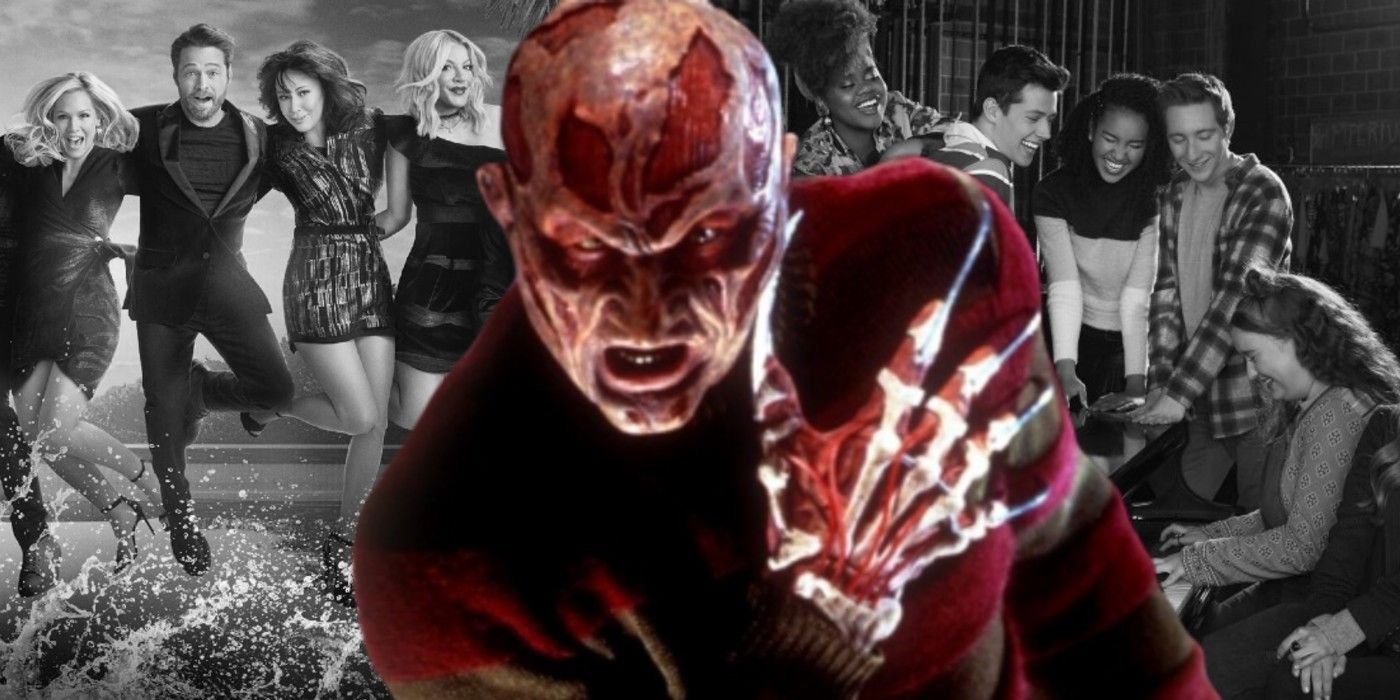Films and TV shows going on the meta route are not uncommon nowadays, and the formula has proven to be successful and appealing to the audience, but it’s not new – Wes Craven did it years ago and was heavily criticized for it. Wes Craven is considered one of the masters of horror and with good reason: A Nightmare On Elm Street helped establish the slasher subgenre in the 1980s and some of the horror tropes that are still used to this day, and Scream revitalized the genre in the 1990s.
Not to mention, the rest of his horror films also impacted the genre in different ways, from his directorial debut The Last House on the Left, to the underrated The People Under The Stairs. But his boldest move was probably New Nightmare in 1994, a self-aware film which mixed reality with fiction, bringing Freddy Krueger to the real world in a meta-story that was criticized by many and praised by others. Among the negative points from some critics were the lack of elements that made the first A Nightmare on Elm Street film scary and its focus on Heather Langenkamp rather than on Freddy, but what no one can deny is that Craven was ahead of his time with this film.
Click the button below to start this article in quick view.
The meta path was a shake-up for some and a pleasant surprise to others, and it has been used quite often lately. Recent examples are the Beverly Hills reboot, BH90210, and the upcoming Disney+ show High School Musical: The Series. BH90210 follows the cast of the original series in fictionalized versions of themselves, reuniting to get a reboot of the series up and running. High School Musical: The Series is not a sequel to the films nor is it linked to them narratively: it focuses on a new generation of East High Wildcats putting together a production of High School Musical. Both acknowledge the source material and include it in their stories, very much like New Nightmare did.
In it, Heather Langenkamp is in talks to reprise her role as Nancy Thompson one last time, and starts having nightmares about Freddy Krueger. The nightmares gradually become more real, and Craven explains that Freddy is an ancient supernatural entity that was trapped in the films and freed when the series ended. As a result, Freddy is now out in the real world and going after Heather, her opponent in the franchise. Heather has to take on the role of Nancy once again to rescue her son from Freddy, and that’s where reality and fiction merge, as her surroundings, her clothes and hair, and even her co-star John Saxon transform into what they were in the franchise.
New Nightmare has many layers and topics, but it’s a cohesive story with self-awareness at its core. Surely, it might not be scary to some, but the jump scares and fear factor are not what built its reputation: it’s Wes Craven’s decision to make a meta-film in a time where this type of stories wasn’t common. It risked being rejected by critics and viewers, something projects like BH90210 and High School Musical: The Series don’t have to worry about, in part thanks to New Nightmare.
